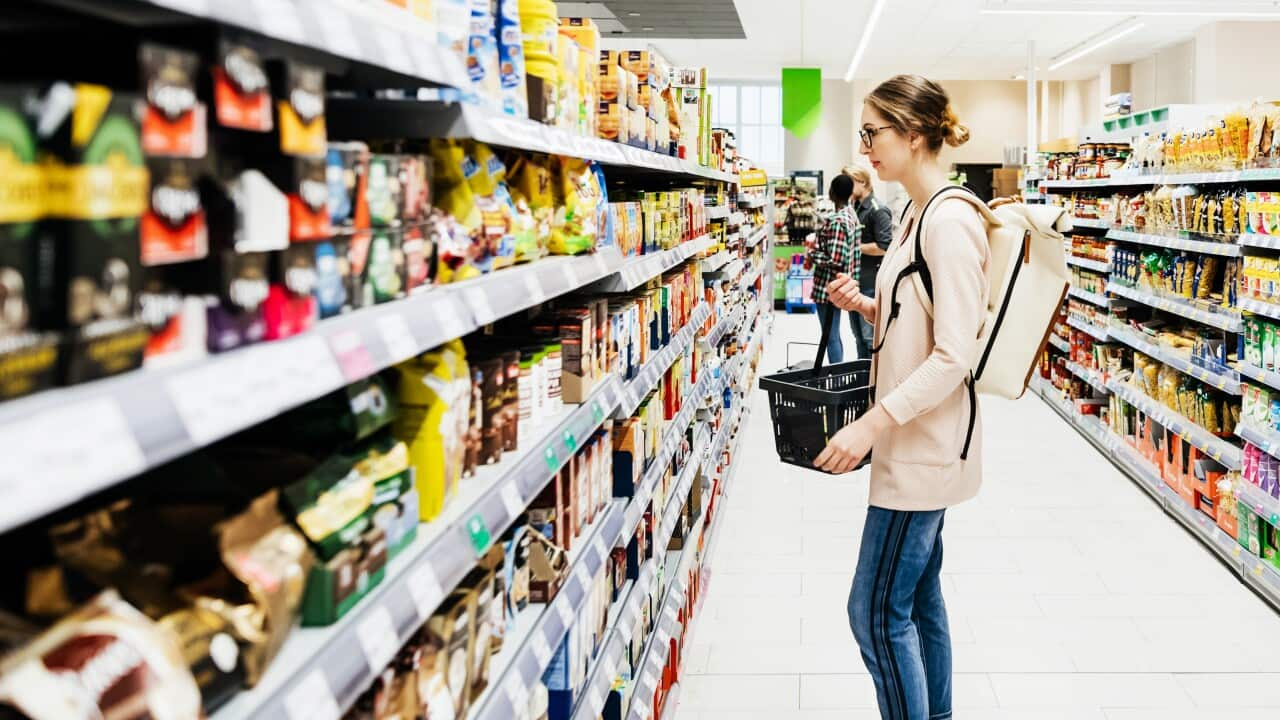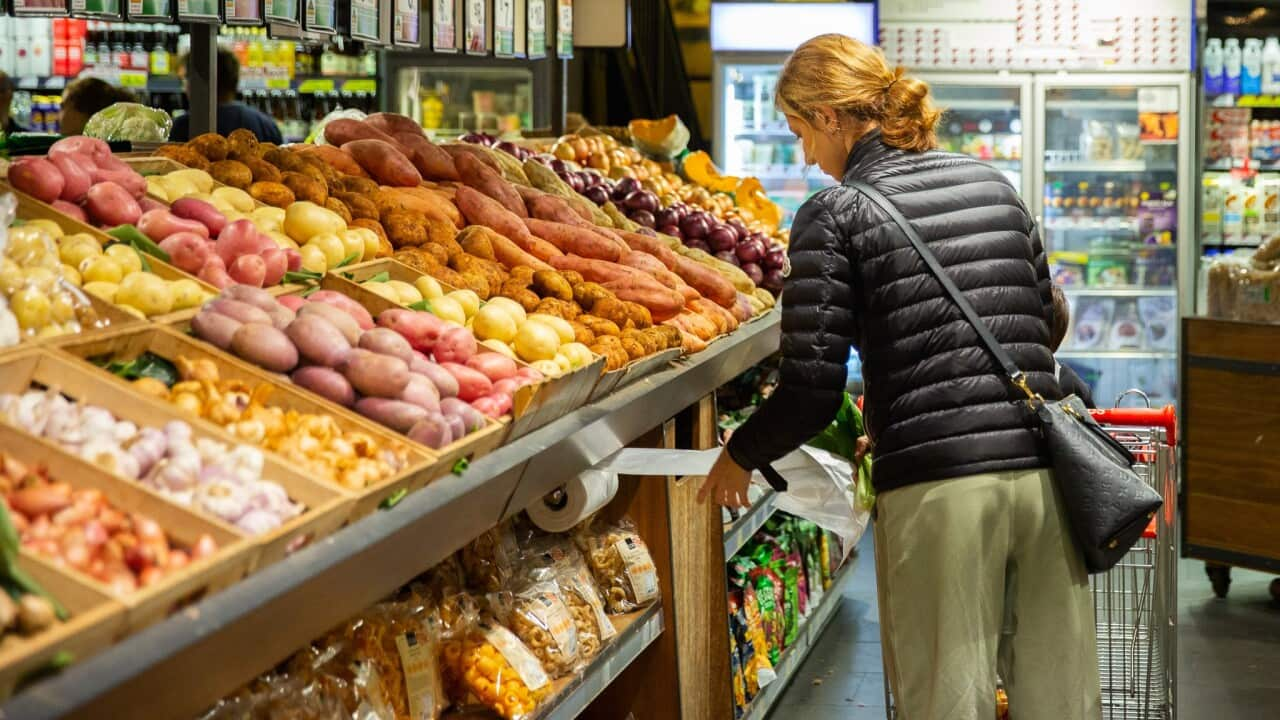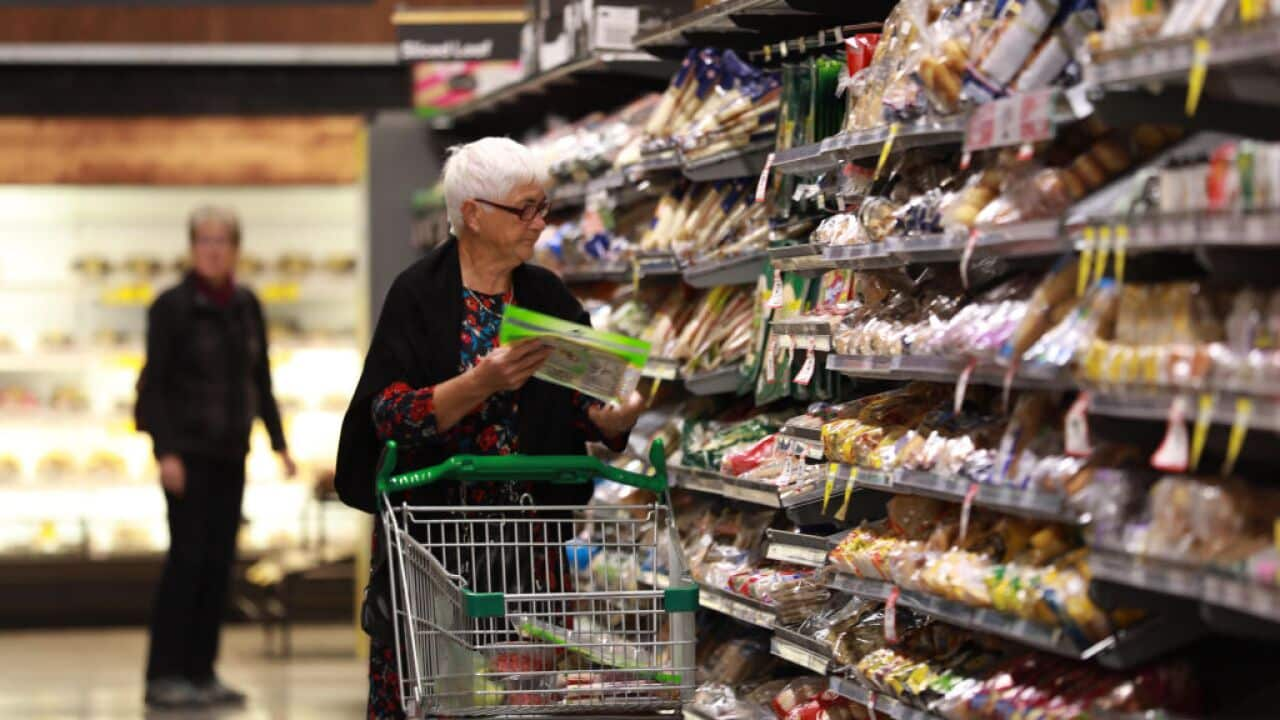KEY POINTS:
- 'Shrinkflation' has hit several products so far this year, according to new data.
- This typically happens when a manufacturer's input costs go up, an expert says.
- It's recommended consumers look at a product's unit price when shopping.
You might not have noticed, but there are some supermarket items you're paying the same or more for despite getting less.
It's called "shrinkflation", and new data from grocery comparison app Frugl has revealed the most recent culprits.
Three items 'shrinkflated' in February this year. They include Masterfoods garlic granules, which dropped from 50g to 45g while the price remained $3.15; Ritz original crackers, where the price has held at $3.50 despite the size having fallen from 300g to 227g; and Lindt maxi carrots, with the chocolate treat costing $17 for 354g — up from $16.50 when it offered about 20g more.
And in September last year, Woolworths' Macro organic tomato chutney went from $4.20 for 275g, to $5 for 250g. A spokesperson for the supermarket giant told SBS News wholesale cost increases from its supplier had sparked the move.
Frugl, which analyses data from Coles and Woolworths, in Mars chocolate bars, Arnott's Tina Wafers, and Bega peanut butter, among other products.
Manufacturers typically carry out what is formally known as a "contents reduction strategy" because of higher input costs, according to Gary Mortimer, professor of marketing and consumer behaviour at the Queensland University of Technology (QUT).
"As input costs go up, manufacturers have to consider whether they will get less for their products and make less [profit] margin, or pass the cost increase on to retailers," he said.
"We've seen retailers pushing back... [but] ultimately it comes down to a negotiation between the retailer and the brand manufacturer, who might say it can give a retailer a product, but it will decrease in size over time.
"So you still get the product, you'll just get less of it for the same price you've normally paid."
While likely to draw the ire of some consumers, Australian researchers have found that it appears to be .
In a series of experiments at a supermarket in Brisbane, the researchers manipulated the shelf tickets of several products to make them appear as though they had changed.
They found a variation of shrinkflation — where both the product's size and cost decreased, but the size more so — sold the most units, and that standard shrinkflation — the same price but a reduced size — produced a better sales result than increasing the price.
"I think ultimately it comes down to loss perception," Professor Mortimer said. "We don't want to pay more for the same, but we're willing to pay the same for a little bit less."
The Australian Bureau of Statistics (ABS) looks at shrinkflation when it calculates the Consumer Price Index — a measure of that looks at price changes in a "basket" of goods and services. It does so as part of its "quality change" analysis.
The ABS notes, as an example, that if the volume of a bottle of drink fell from 750ml to 675ml but the price remained at $3, this would equate to a price increase of 10 per cent that would be used in the CPI.
Professor Mortimer said consumers should look at the unit price, which shows how much a product costs using a standard unit of measurement, when doing their weekly shop.
"In a that I undertook with colleagues, we found that shoppers were able to save up to $1,700 a year on their grocery shopping by simply referring to the unit price to make more informed decisions," he said.
SBS News has contacted Mars Foods (owners of MasterFoods), Mondelez International (the company that makes Ritz crackers), and Lindt & Sprüngli for comment.












